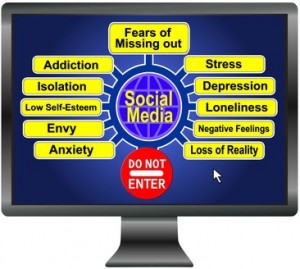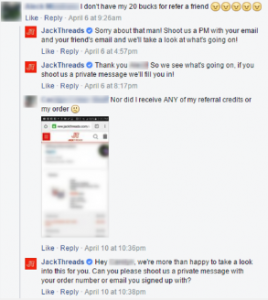Today, companies stand and fall on the strength of their information, ideas and insights.
But, often, the problem with generating ideas and insights is accessing good quality information and making sense of it, particularly when you’re talking about wading through high volumes of the stuff.
Finding the answers you need comes down to bringing order to chaos.

Mind mapping is a technique that does just that, but few companies actually realise its potential to help them and their people achieve more. Because, as well as generating ideas, information and insights, it also helps business professionals make better decisions faster and create plans that they can use in practice, which, in turn, improves productivity.
In fact, beyond the strict definition of mind mapping, businesses can explore a wider array of visual formats to organise information in a way that better works for them.
What is mind mapping?
Mind mapping is a visual way of representing information. A mind map is a radial diagram (also known as a spider diagram) with an idea at the centre and information surrounding it in branches and sub branches.
It’s a technique that is in step with the way your mind works, meaning you can process complex information more easily than in a linear way (such as in a traditional document).
It not only helps the person creating the mind map make sense of complex information, but it can also do the same for those viewing it. They are better able to understand and consume large amounts of complex ideas and information quicker and easier. But, like any form of communication, it’s only as good as the skill and knowledge of the person creating it.
It has huge benefits to business, but these same benefits of presenting information in a visual hierarchy apply equally to other types of diagram, such as:
- Affinity diagrams
- Output trees (and input trees)
- Organograms
- Outlines
By using a visual diagram, whether that’s a radial mind map or other format, you can organise and understand information quickly.
Known more widely in the education sector as an aid to learning, mind mapping actually has huge value to businesses for the reverse.
In education, it helps to get information into your head in a meaningful way. In business, it’s about getting information out of your head (and the heads of others) and applying in a practical way.
Crucially, it’s not really about creating a diagram. It’s about using whatever visual format you choose to support a process of capturing, organising and analysing information to then make decisions, and ultimately make effective plans which you can then go ahead and deliver. Such visual information hierarchies allows you to do all this easier and faster.
Why use this technique in business?
We are being swamped with rising amounts of information in the workplace which can cause confusion, decision paralysis, stress and anxiety. As a result, things don’t get done, or get done poorly.
Capturing and organising information in a visual hierarchy is a way of managing large amounts of complex information, because you break it down into manageable chunks, the information is easy to find and you can summarise it effectively.
The technique is best used when it’s keyword driven, with the hierarchy giving the information meaning, and making it easy to spot gaps, make connections and uncover insights.
How can you use these techniques in business?
When we talk about mind mapping, in particular, those familiar with the technique will immediately think about colourful diagrams created by pen and paper, perhaps including artful illustrations. And if you Google “mind mapping” this is the image you’ll likely see.
The pen and paper approach doesn’t quite work for businesses, whether it’s a mind map, or other diagram. You’d need to use a digital tool to reap all the benefits, much in the same way that email trumps handwritten letters.
Using an electronic tool gives you the ability to capture, reorganise and share information quickly in a way that is understandable to everyone.
When can you use it?
The use of mind maps and other diagrams is limited only by the imagination of the person using it to solve their problems and help them work more effectively. In other words, the technique is versatile. You can apply it in a number of practical ways.
The most common uses in business includes project management. You can use these techniques to improve the speed and quality of planning projects. But you can also use it throughout the full project management lifecycle and even after, for project reviews and retrospectives.
When managing projects, you can use the technique for a wide range of activities:
- Research
- Brainstorming
- Meetings management
- Task management
- Scheduling
- Status reporting
- Communication, including presentations
- Problem solving
- Personal productivity
- Writing reports
And many, if not all, of these activities apply to other uses, such as strategy planning, financial planning, audits and other forms of business analysis.
Business & Finance Articles on Business 2 Community(44)
Report Post








